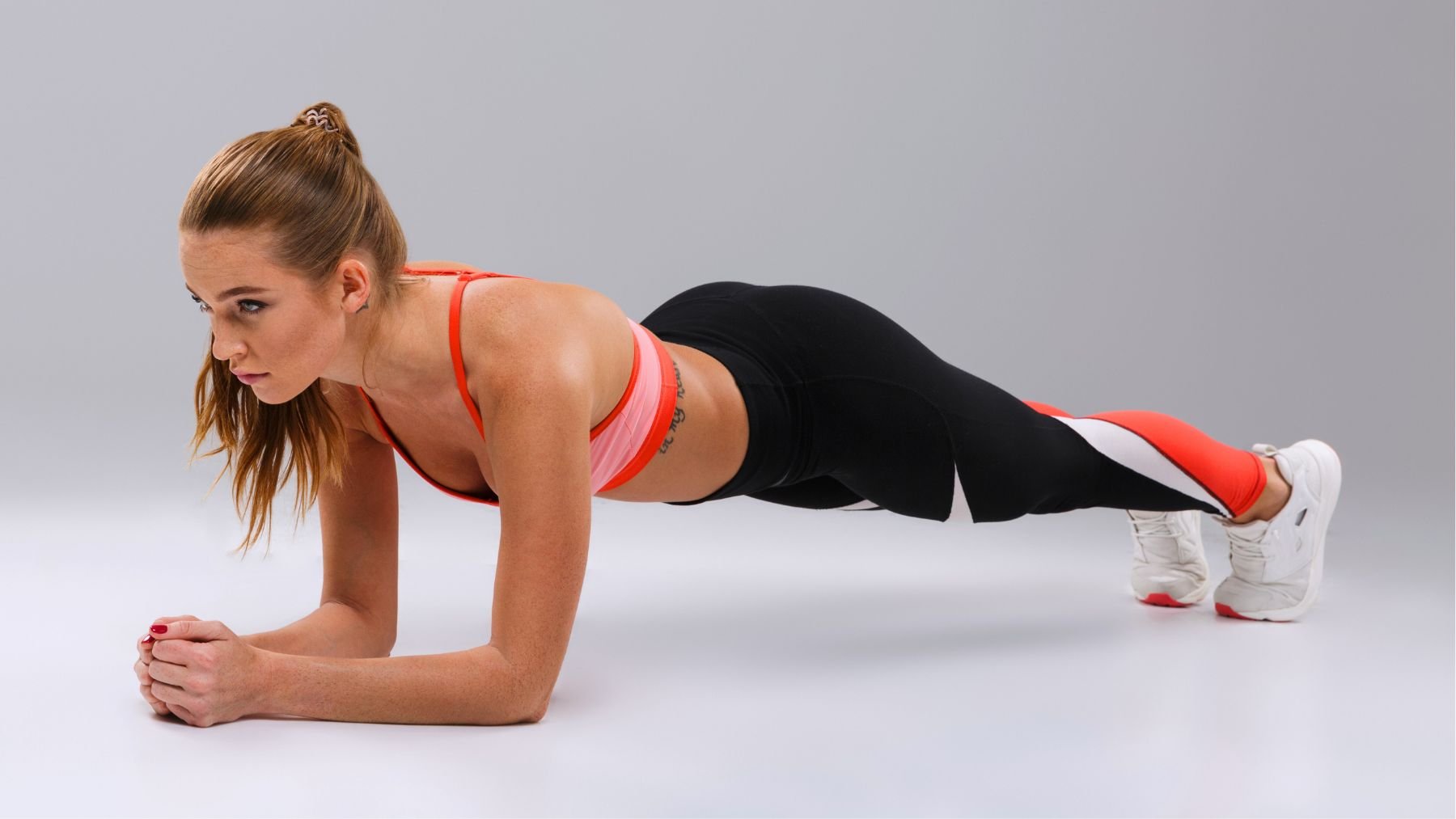Planks are one of the most popular core exercises. They challenge your stability, light up your ab muscles, and don’t require equipment. But if you’re doing them every day, will they actually give you a stronger core and those defined abs so many people chase?
The short answer: planks build strength and stability, but they’re not enough on their own to sculpt a visible six-pack. Core training goes beyond holding still, and visible abs depend heavily on body fat levels, nutrition, and genetics. Here, we’ll cover how planks work, what they’re missing, and how to make your ab training more effective.
Are planks enough for abs?
Planks definitely deserve their spot in a core routine. They engage the rectus abdominis, transverse abdominis, obliques, and even muscles in the shoulders, glutes, and back. Luke Jones, a certified personal trainer at HERO Movement, explains that planks are a good starting point: “They help build baseline core awareness, stability, and the ability to brace—all essential for moving well and safely”.
The catch is that planks are static. Your core doesn’t just hold—it twists, bends, and extends. That means you’ll need more than a daily plank to develop balanced strength. Core training should include movements that challenge different patterns, not just stability.
And when it comes to visible abs, the biggest factor isn’t the exercise, it’s body fat percentage. Even the strongest core won’t show through if there’s a layer of fat covering it. Genetics also play a role in where your body stores fat and how defined your abs appear. Full-body strength training, combined with proper nutrition, stress management, and sleep, carries as much weight in the process as your ab workout.
That doesn’t mean planks don’t matter. They’re great for reinforcing posture, reducing injury risk, and building endurance. But if you want results you can see, they’re only one piece of the puzzle.
How to train smarter for a stronger core
So where do you go from here? The best approach combines planks with other exercises and habits that support strength and muscle definition.
- Mix in dynamic core exercises. Rollouts, hanging leg raises, and cable rotations challenge your abs through movement, not just tension, creating more activation in areas static planks miss.
- Add plank variations. Side planks target the obliques and connect the hips to the shoulders, while reverse planks strengthen the glutes and posterior chain. You can also try drags, taps, or reaches to add intensity.
- Focus on form and time under tension. Quality matters more than duration. Holding a plank with full-body tension for 20–30 seconds in multiple sets is more effective than a shaky two-minute hold.
- Train your whole body. Squats, deadlifts, and carries strengthen the core while building overall muscle mass, which supports fat loss and definition.
- Dial in your nutrition. Keeping body fat low enough to see them requires a diet aligned with your goals, whether that’s through calorie balance, protein intake, or cutting down on processed foods.
- Manage recovery factors. Sleep and stress impact hormones that influence fat storage and muscle growth. Consistency here makes your training show.
Planks are valuable, but they’re just the foundation. For a stronger, more defined core, pair them with dynamic training, smart nutrition, and recovery habits.

